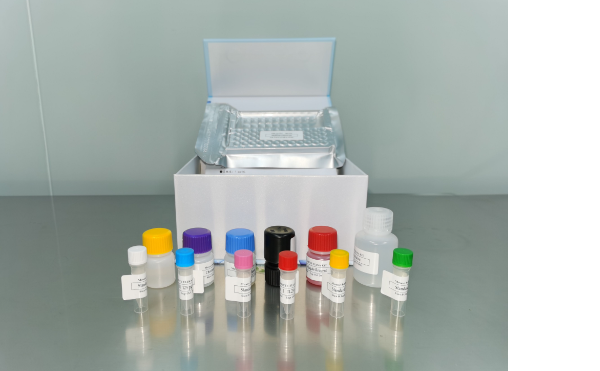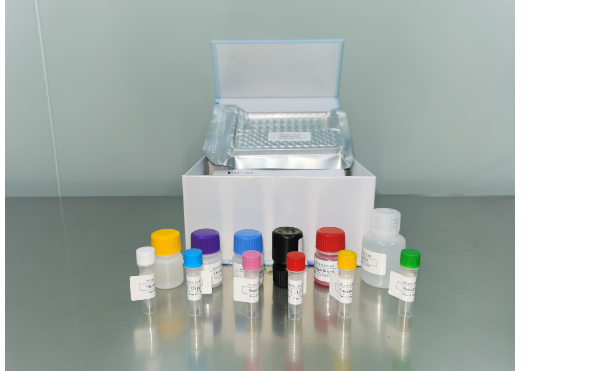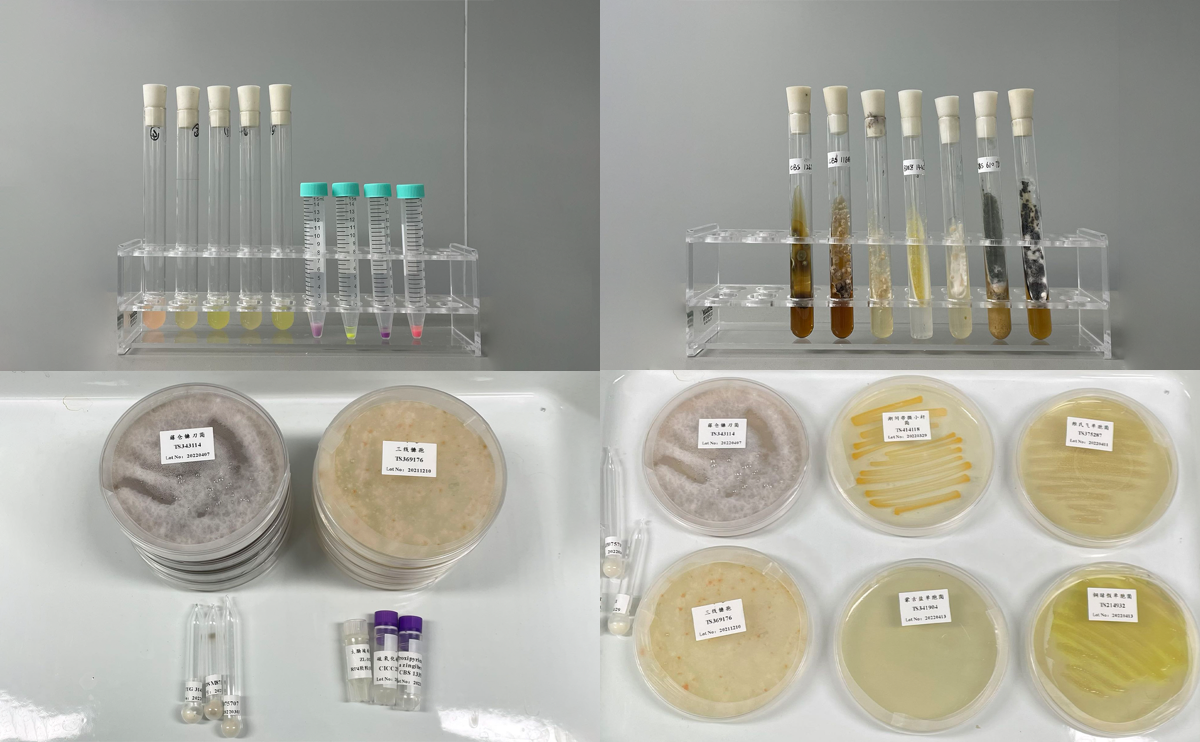|
产品名称:
|
Salpingoeca helianthica Carr, Richter and Nitsche
|
|
商品货号:
|
TS131942
|
|
Deposited As:
|
Salpingoeca sp.
|
|
Strain Designations:
|
ATCC:0585:1
|
|
Biosafety Level:
|
1
Biosafety classification is based on U.S. Public Health Service Guidelines, it is the responsibility of the customer to ensure that their facilities comply with biosafety regulations for their own country.
|
|
Isolation:
|
Biomphalaria glabrata aquarium culture, Rockville, MD, 1985
|
|
Product Format:
|
frozen
|
|
Storage Conditions:
|
Frozen Cultures:
-70°C for 1 week; liquid N2 vapor for long term storage
Freeze-dried Cultures:
2-8°C
Live Cultures:
See Protocols section for handling information
|
|
Type Strain:
|
no
|
|
Medium:
|
ATCC Medium 802: Sonneborns Paramecium medium®
|
|
Growth Conditions:
|
Temperature: 25°C
Culture System: Xenic
|
|
Cryopreservation:
|
Harvest and Preservation
-
Harvest cells from a culture that is at or near peak density by centrifugation at 800 x g for 5 min.
-
Adjust the concentration of cells to 2 x 106 - 107/mL in fresh medium.
-
While cells are centrifuging prepare a 20% (v/v) solution of sterile DMSO in fresh medium.
-
-
Add 2.0 mL of DMSO to an ice cold 20 x 150 mm screw-capped test tube;
-
Place the tube on ice and allow the DMSO to solidify (~5 min) and then add 8.0 mL of ice cold medium;
-
Invert several times to dissolve the DMSO;
-
Allow to warm to room temperature.
-
Mix the cell preparation and the DMSO in equal portions. Thus, the final concentration will be 106 - 107 and 10% (v/v) DMSO. The time from the mixing of the cell preparation and DMSO stock solution before the freezing process is begun should be no less than 15 min and no longer than 30 min.
-
Dispense in 0.5 mL aliquots into 1.0 - 2.0 mL sterile plastic screw-capped cryules (special plastic vials for cryopreservation).
-
Place the vials in a controlled rate freezing unit.xa0 From room temperature cool at -1°C/min to -40°C.xa0 If the freezing unit can compensate for the heat of fusion, maintain rate at -1°C/min through the heat of fusion.xa0 At -40°C plunge into liquid nitrogen. Alternatively, place the vials in a Nalgene 1°C freezing apparatus.xa0 Place the apparatus at -80°C for 1.5 to 2 hours and then plunge ampules into liquid nitrogen.xa0 (The cooling rate in this apparatus is approximately -1°C/min.)xa0xa0
-
The frozen preparations should be stored in either the vapor or liquid phase of a nitrogen refrigerator. Frozen preparations stored below -130°C are stabile indefinitely. Those stored at temperatures above -130°C are progressively less stabile as the storage temperature is elevated. If frozen material is to be stored at temperatures between -130°C and -70°C the shelf life should be empirically tested, i.e., remove stored material at intervals to determine die-off rate.
-
To establish a culture from the frozen state place an ampule in a water bath set at 35°C. Immerse the ampule to a level just above the surface of the frozen material. Do not agitate the ampule.
-
Immediately after thawing, do not leave in the water bath, aseptically remove the contents of the ampule and inoculate a T-25 tissue culture flask containing 10 mL of bacterized ATCC medium 802.
-
Incubate with the cap screwed on tightly at 25°C.
|
|
Name of Depositor:
|
TA Nerad
|
|
Year of Origin:
|
1985
|







